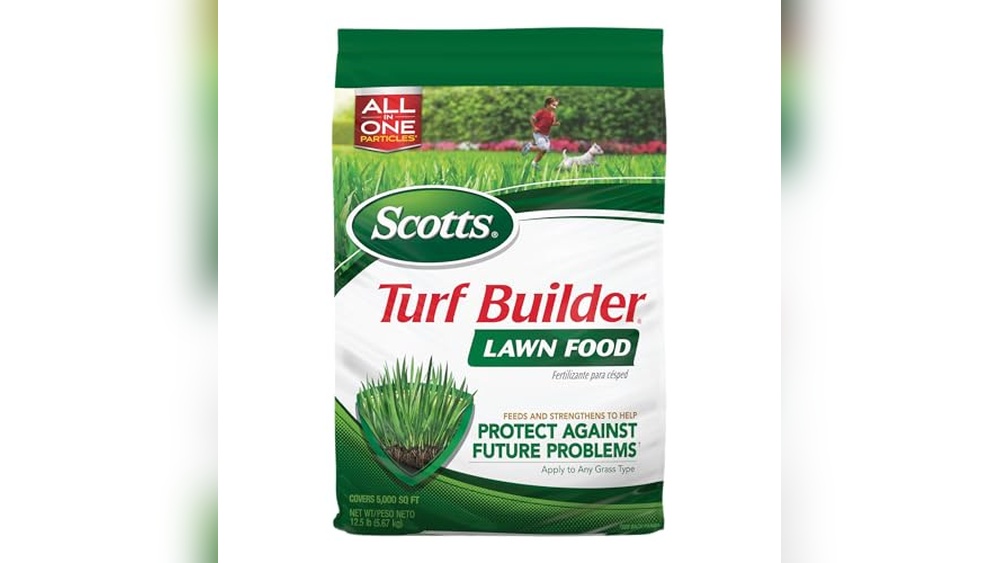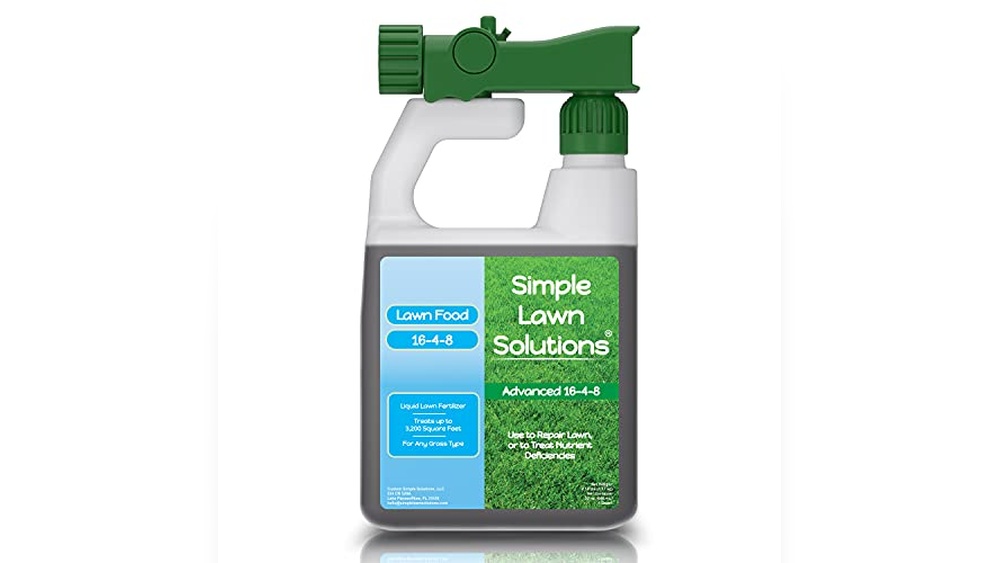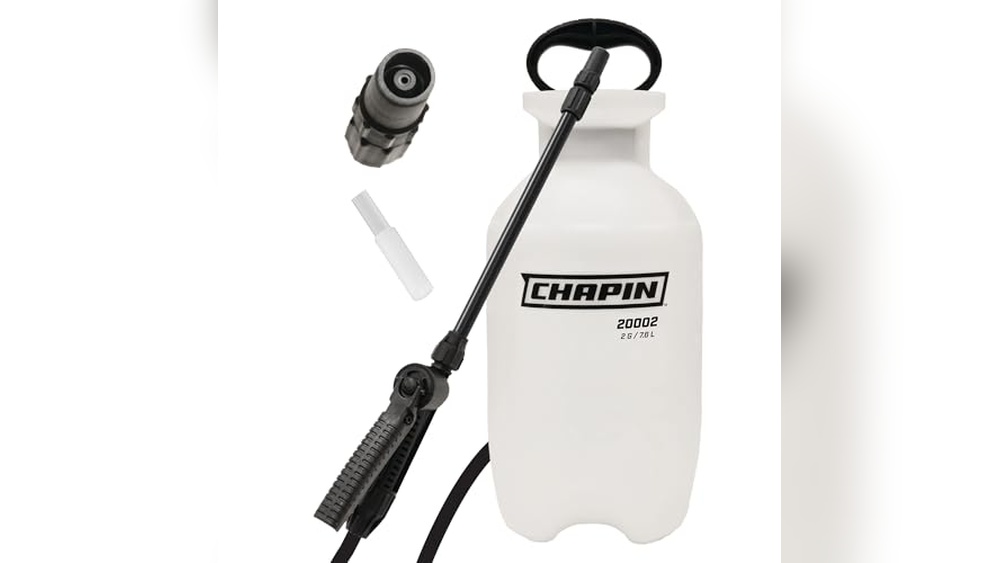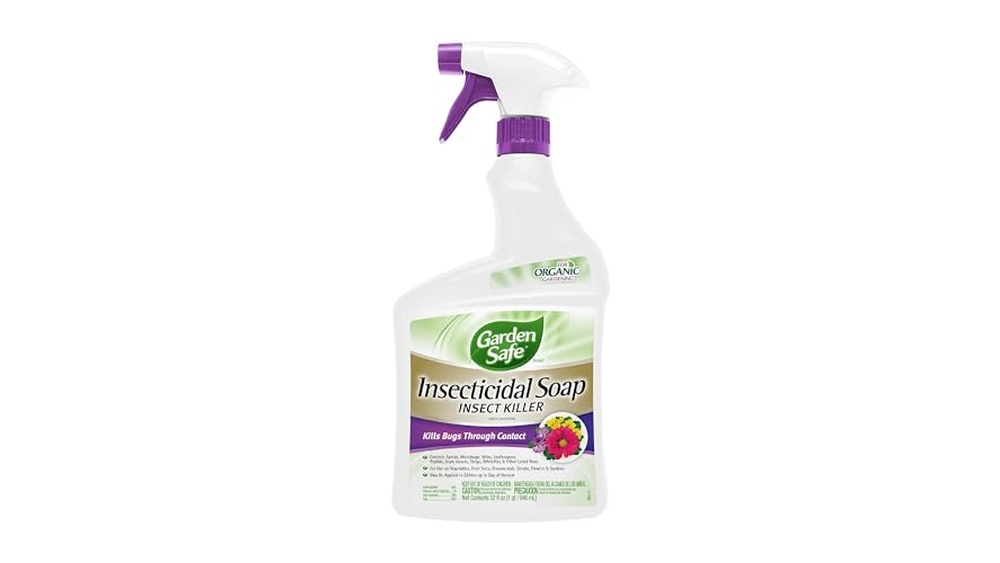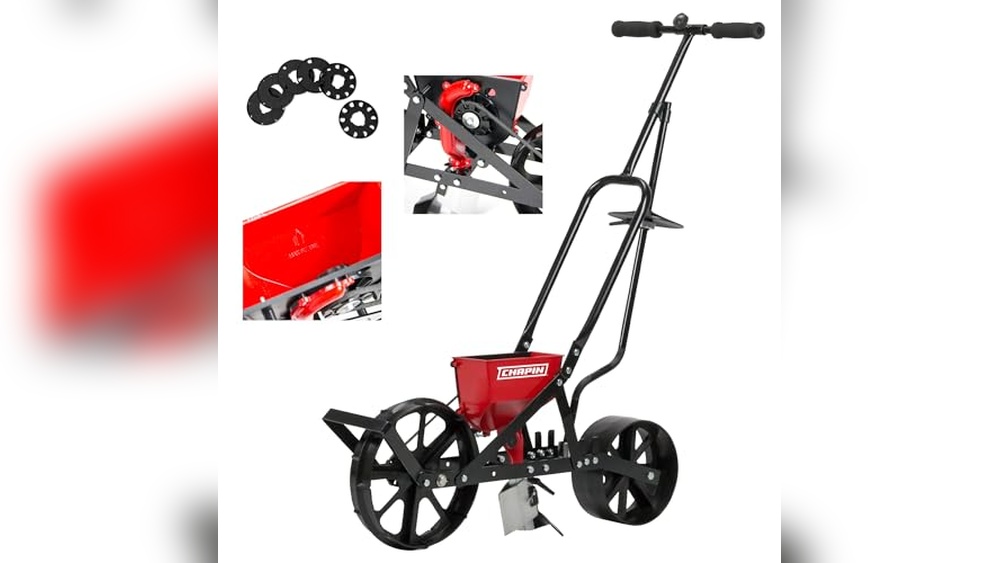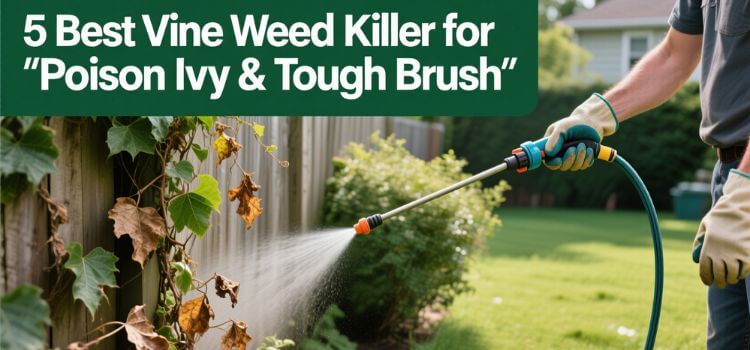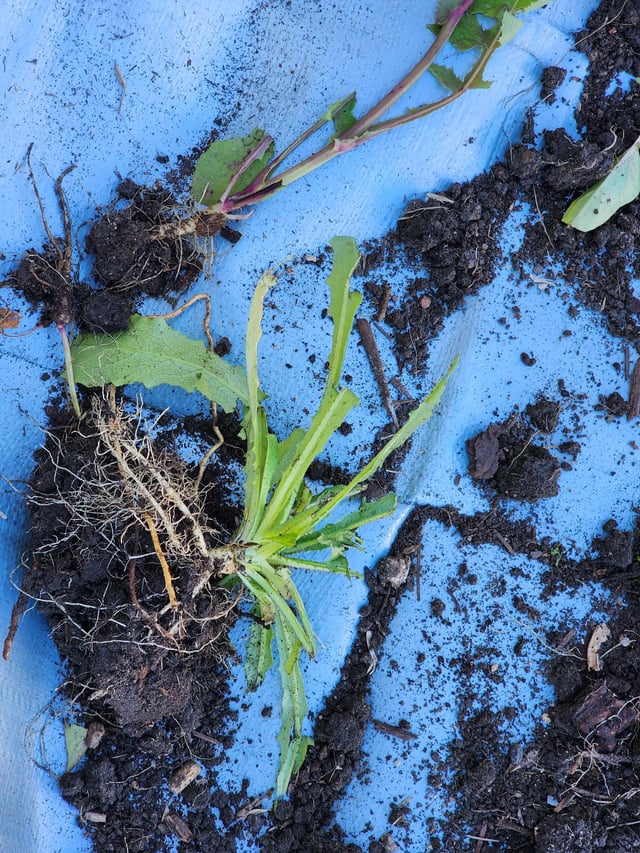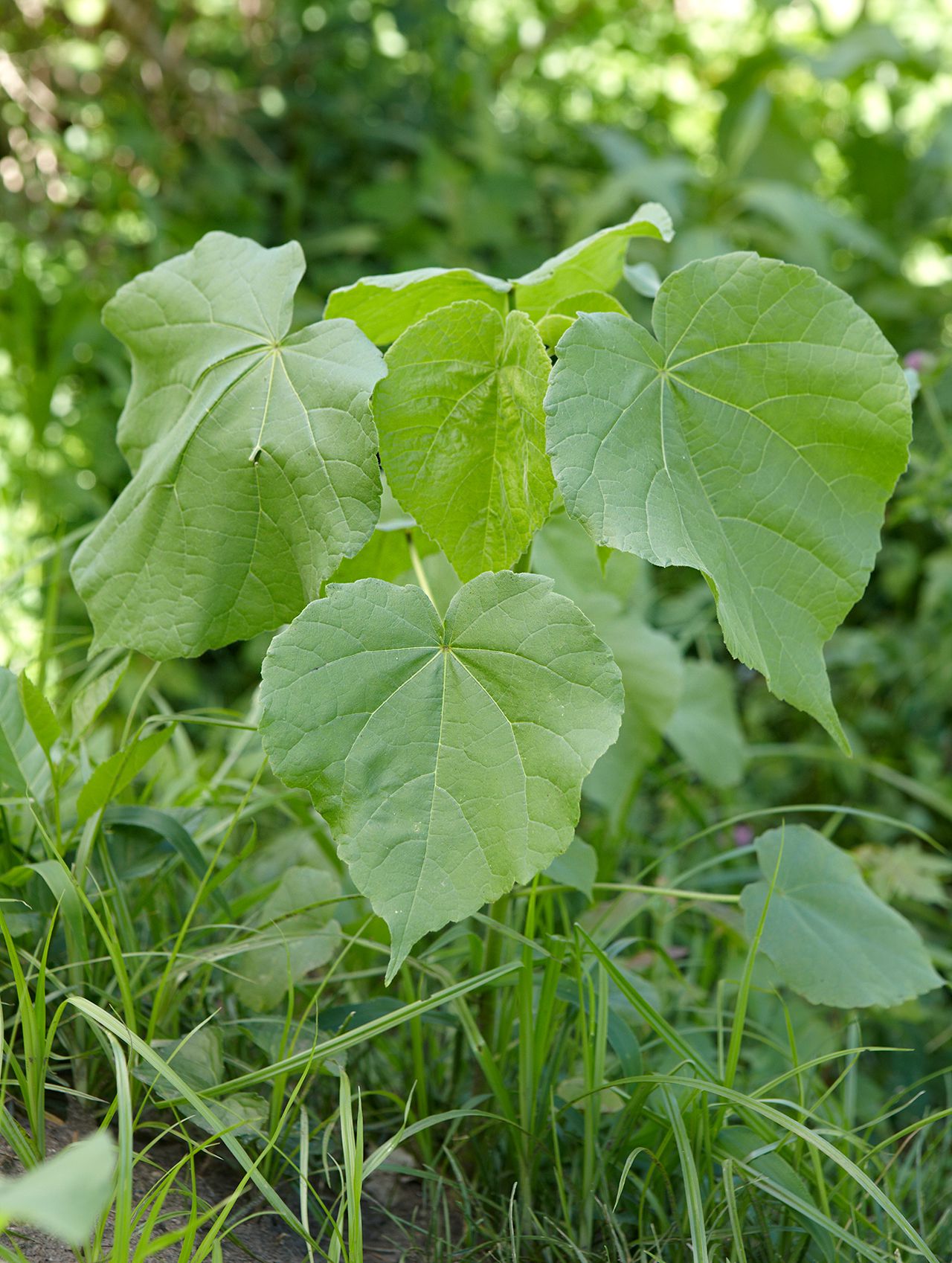Best Lawn Fertilizer for Spring: Top Picks for Lush Green Grass
Choosing the best lawn fertilizer for spring is key to a healthy, green yard. The right fertilizer helps grass grow strong and fight weeds effectively. Spring is the perfect time to feed your lawn and prepare it for the warmer months. Fertilizers like Scotts Turf Builder Lawn Food and Scotts Green Max Lawn Food provide … Read more

